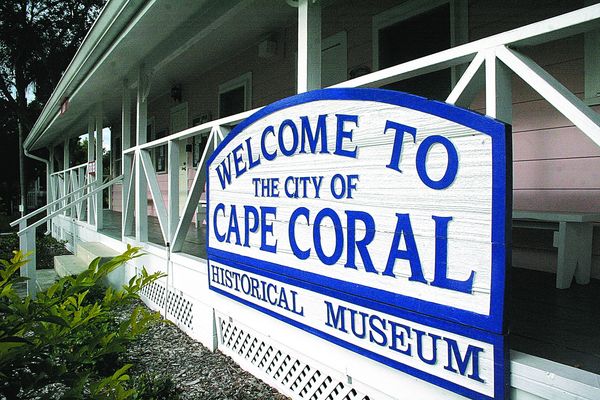Cape Coral Togs — the community’s first factory

Tom Hayden
Cape Coral’s history is filled with memories of a time when a first bank, a first grocery store or even a first bridge brought excitement and wonder to a young community. But there were other firsts that remain unique to this area, like the first factory.
Cape Coral Togs, a women’s clothing manufacturer, claims that unique place in Cape Coral’s past. Togs simply means: “a set of clothes and accessories for a specified use,” according to Merriam-Webster. Cape Coral Togs primarily made girls blouses and they were popular in the city. With most of the clothing stores across the Caloosahatchee in Fort Myers at the time, Cape Coral Togs was the place to buy clothes.
Established on March 29, 1961, the company was based out of Brooklyn, N.Y., with Sigmund Freundlich as the principal. Ronald J. Aronne was the company controller. Cape Coral Togs was located in a concrete block building built by one of the city’s first residents, Butch Duffala, inside the city’s first industrial park along Viscaya Parkway. Its address was 1432 Viscaya. A vehicle repair business is located there now.
Former Cape Coral mayor Joe Mazurkiewicz worked in the factory during the summer of 1969 after graduating from Cypress Lake High School. He made minimum wage – $1.65 an hour – and had a variety of jobs. He packed and shipped the clothes that were predominantly under the Bonnie Deb label. He also would sweep up the fabric cuttings left over from the machines.
He especially remembers the first day he walked in the building for a job interview. His eyes began to water and he had trouble breathing.

“They put formaldehyde in the fabric because it would get infested by rats on docks or on the ships,” said Mazurkiewicz, who also remembers the factory had no air conditioning, only big fans. “You got used to it.”
About 100 people worked at the factory, most of them women, except for three men – Mazurkiewicz, a fabric cutter and the general manager. The women had various responsibilities at several sewing stations throughout the factory.
“I mostly remember starting out at minimum wage and by the end of the summer, I got a 10-cent raise,” Mazurkiewicz said. “I thought I was swimming in money.”
Mazurkiewicz also met his first wife at the factory, and his future mother-in-law worked in the finishing department.
When he left the factory at the end of the summer, Mazurkiewicz said, “they hired two guys to replace me, and they made a lot more money than me.”
Tom Hayden is a Cape Coral Museum of History board member and Cape Coral City Council member, representing District 3. He writes a column twice a month for the Cape Coral Breeze on the city’s history. 




